C G Prince, an artist par excellence, passed away recently, leaving behind a void in the artistic world and beyond.
‘Multifaceted’ is an epithet that can hardly suffice to describe the genius of C G Prince (61) who passed away recently. What was he? Artist, sculptor, painter, poet, folklorist, filmmaker, martial artist, thespian, philanthropist? Yes, he was all these and more. Unmarried, he led a bohemian way of life until his death – a unique personality whose fields of interest and lifestyle was very difficult to gauge. His connect with people of all walks of life was so strong that the pall of gloom that descended among them was glaringly visible as media broke the news of his demise.
I was introduced to this young man during early 1990s by Dr Chummar Choondal, the pioneer folklorist of Kerala. As I was ushered into his room, I was convinced that he was basically a person with rare artistic inclination. A room littered with artifacts, some in good shape and others broken. He could hardly notice me as his eyes were riveted on an installation of sort, with the right hand fondling his beard – an ever-going action that was his attribute.
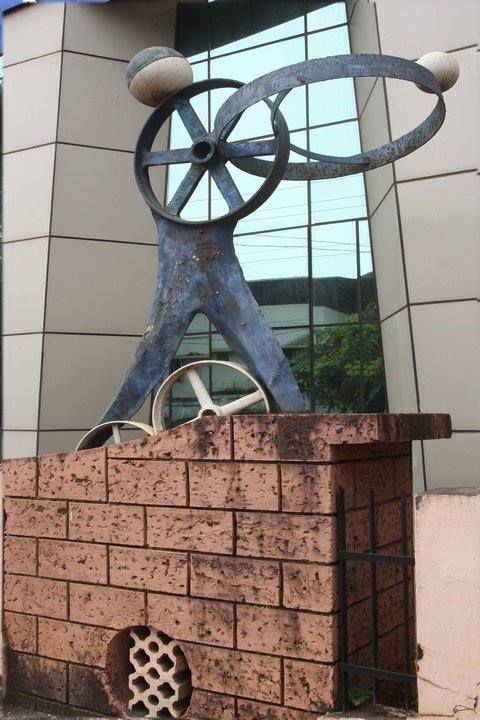
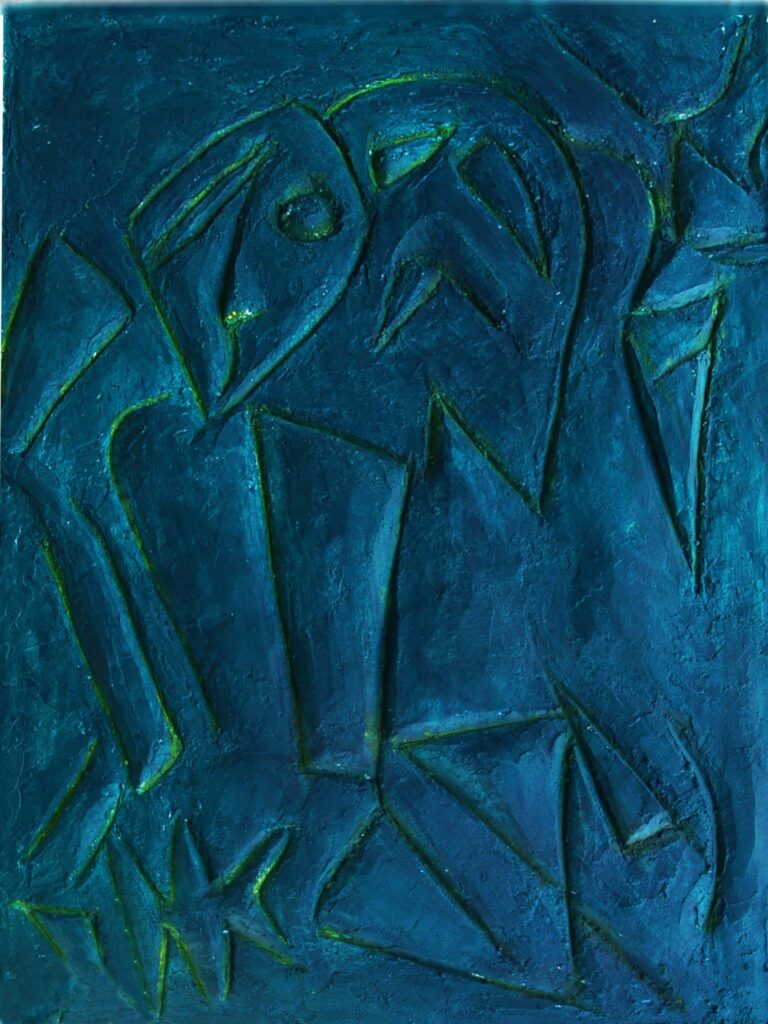
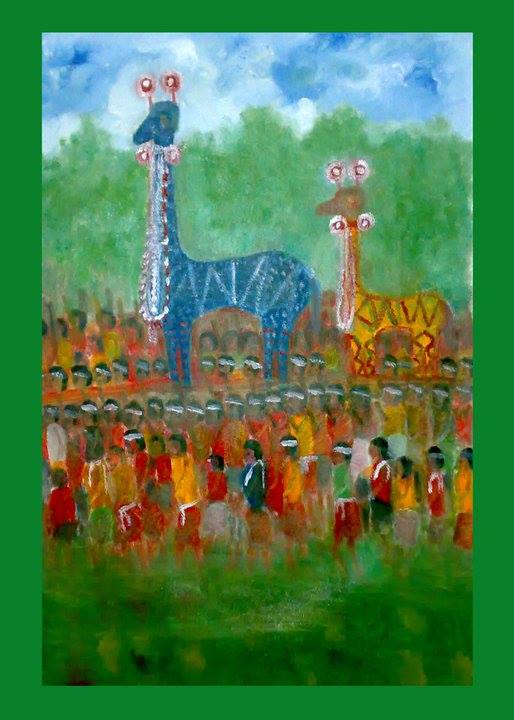
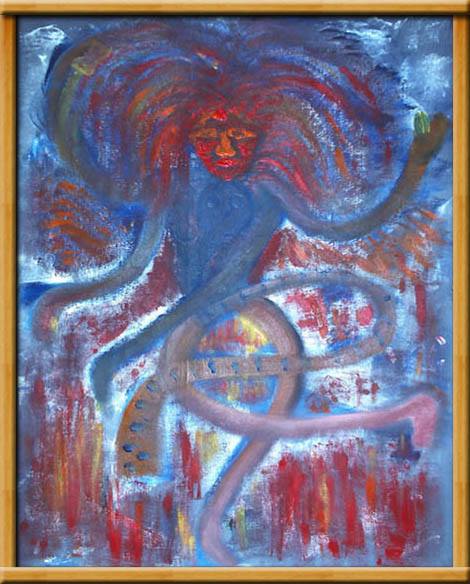
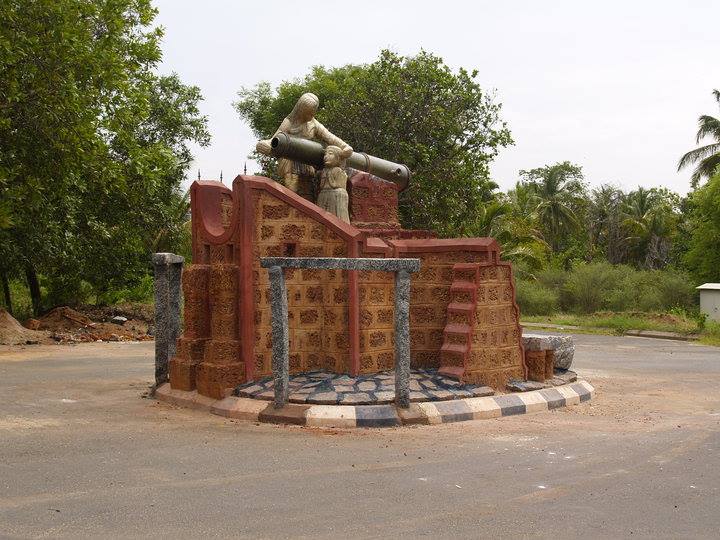
A graduate in English literature, Prince was initiated into the creative field by his grandmother who used to make dolls made of clay and potato for him. Soon the boy sprang surprise by moulding a few science models in the school using plasticine that won encomiums from his teachers. Artistic talents of his father found expression in driftwood. Taking a cue from this Prince started working on a few pieces painstakingly cutting them to proper shapes.
“All my creations irrespective of the medium carry some message or other and I am particular that they should”, quipped Prince after the exchange of pleasantries. And I was convinced of his claim soon while visiting an exhibition of his works at Banerji Club, Thrissur. Bears in different postures, a camel that frantically searches for the last drop of water in a desert, a goose, a combination of three birds revealing themselves separately in three different angles, extinct species of birds, a pair of fighting crocodiles and a pair of mating horses – endless they were. These and other models like ‘Mukti’ and ‘Sakthi’ made of gadgets and tools conveyed some philosophical and psychological connotations. Birds from my Mom’s Kitchen Cupboard appeared in a series.
Preserving untold treasures
An ardent folklorist, he ventured into certain art forms which hitherto none other have documented. In this connection ‘Vilakku Muram Paattu” of the Malayar community at Olanapparambu near Varantharappalli in Thrissur district is a very rare one. One wonders whether Narayanan, the main performer of this near-extinct art form is alive today. “Mannan bootham” was another.
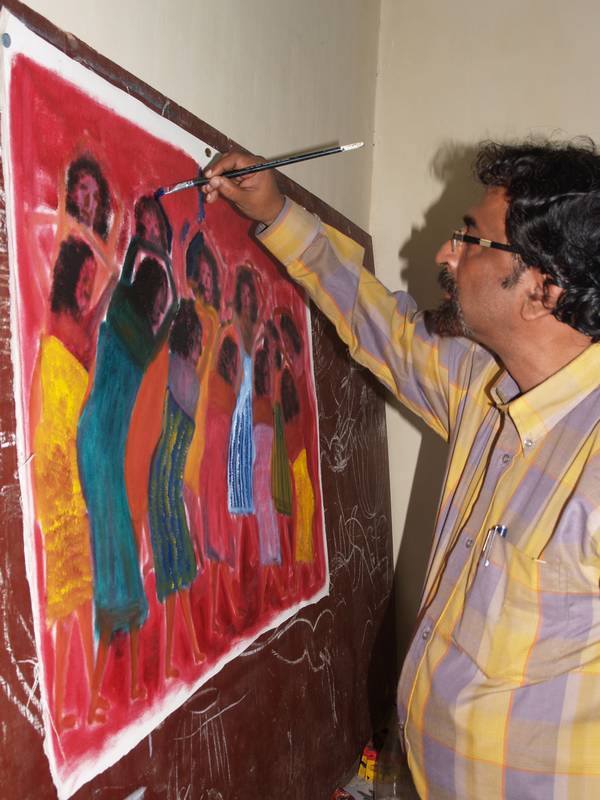
Another significant one was the documentary of “Channar Lahala”, the agitation by the women of this community for their right for covering their breasts. Not only was he an authority of ‘Pulikkali’ (tiger dance) of Thrissur staged by different groups, he was the only person to organise a workshop on the same to highlight the effect of painting on body skin, in which famous dermatologists participated. “A mask maker with no masks” was anchored on the lifestyle of the silpi Kuttappan Achari that captured the sequences of mask fabrication right from the cumbersome rituals to the finishing touches. He also documented the famous ‘Machaattu Mamankam’, a folk festival of social, cultural and spiritual importance held annually near Vadakkanchery. “Malayala Cinemayude Chuvanna Sooryan’ (The red sun of Malayalam cinema) was on the renowned film maker P A Backer.
A passionate devotee of heritage and culture, Prince made a tele-documentary of the indigenous agricultural and culinary tools – a precious collection by the outfit ‘Samskara’ in Kothamangalam. This was telecast by the JeevanTV as a serial.

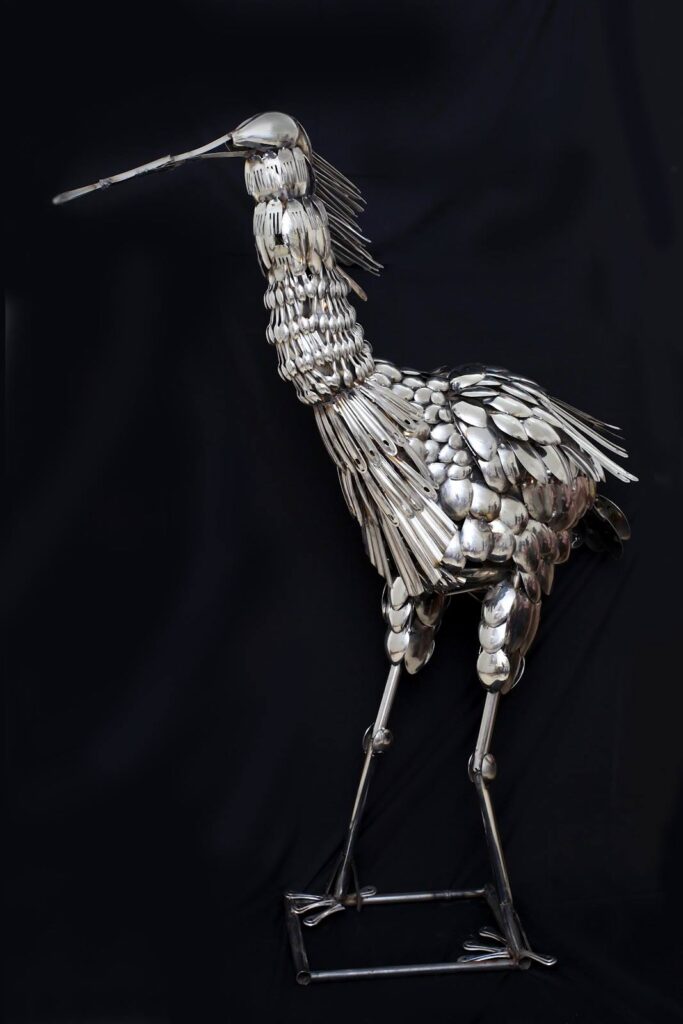
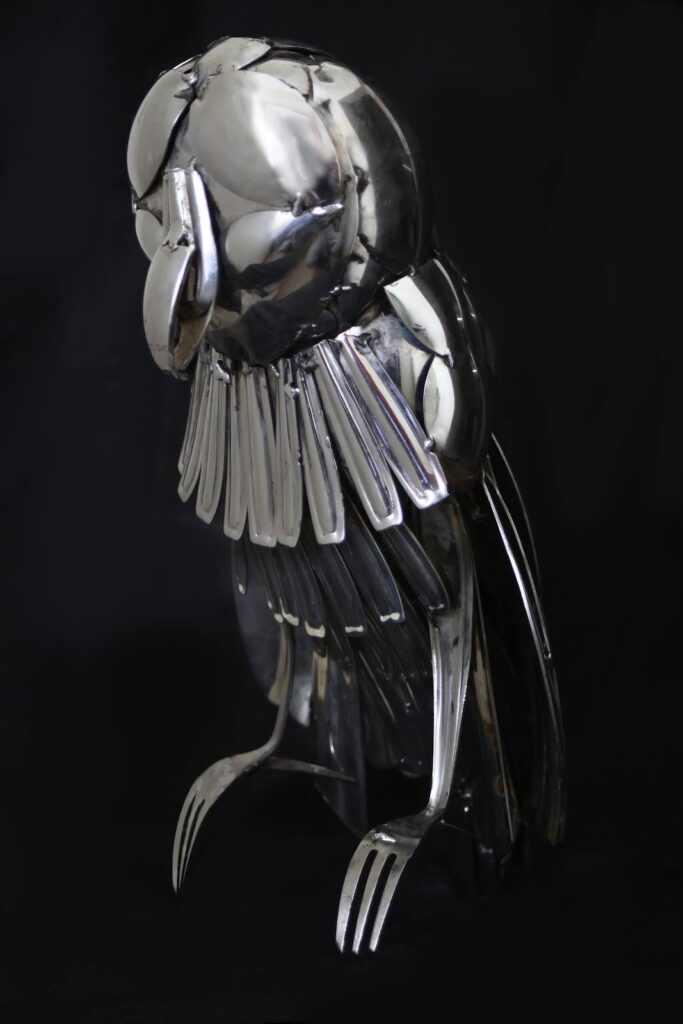
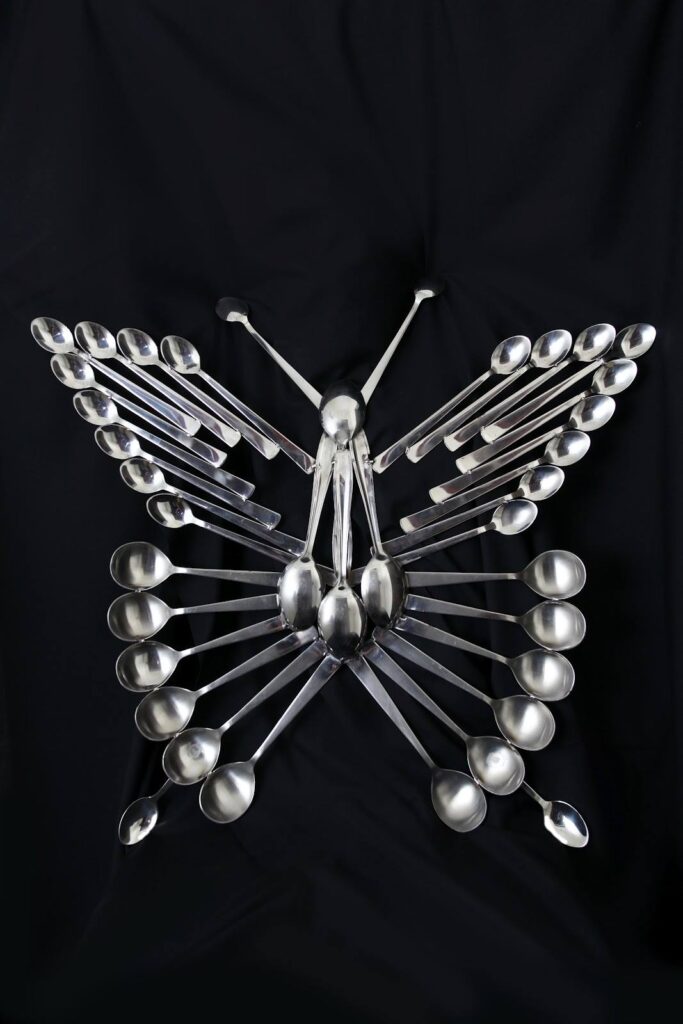
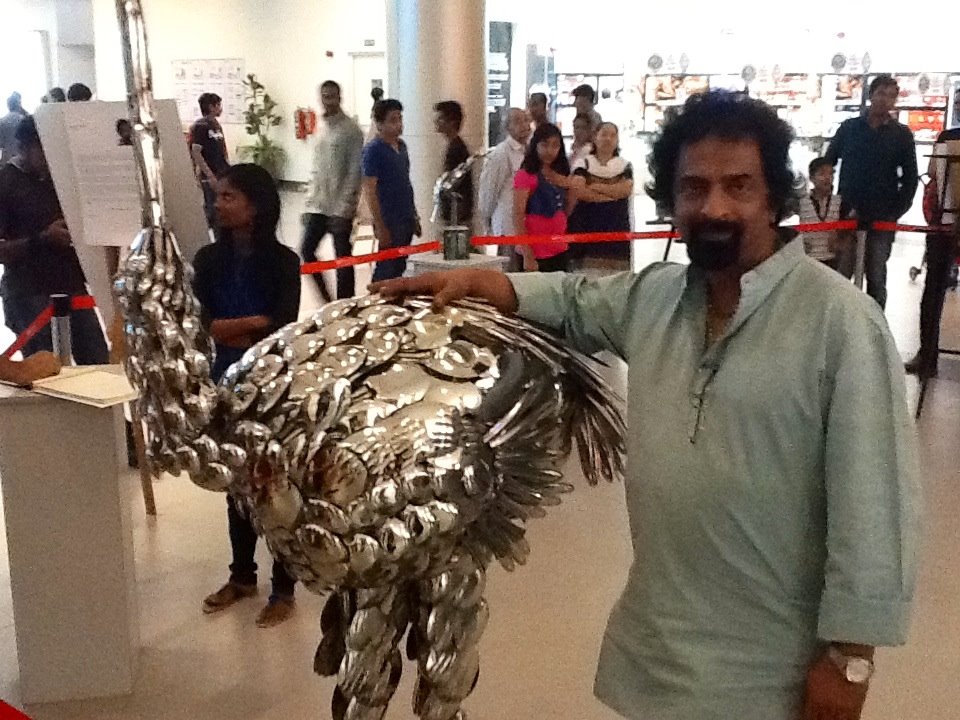

Prolific painter and installation artist
Interestingly, Prince himself a poet, produced music videos too. The one on the poems of Balachandran Chullikkadu had the poet himself as one of the actors. Pokoo Priyapetta Pakshi featured many young talents too. As a tribute to his guru, he directed the film Naadodi Nomad on Dr Choondal as well.
It is practically impossible to count the number of paintings of Prince. One that deserves special mention is Fire In The Forest. Noted violinist M Narmadha, daughter of M S Gopalakrishnan, who was in Thrissur to perform in a festival said, “The moment I happened to see the painting, there arose an urge in me to express it musically”. That was an inspiring experience to her listeners as she took up the raga Saraswathy. Exhibitions of his paintings were very popular in different parts of the country. Male domination, The tortured man, Earthquake etc, to mention only a few, won him laurels from all quarters.
Among the installations, perhaps the last was Sun, Moon. A steel elephant 16 foot high erected in The Nehru Children’s Park, Thrissur is a paradigm of his astute care for perfection. Acclaimed authority of elephants, Avanaparambu Maheswaran Namboothiripad was roped in and Prince completed his work only after incorporating his suggestions.
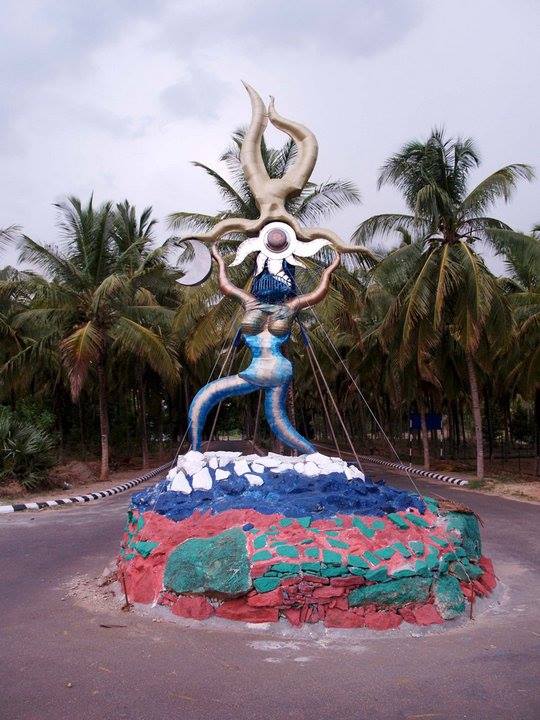
He had visited Japan, Kenya and many other countries in connection with exhibition of his creations. An invitation from Stony Brook University, US as a visiting faculty was pending which did not materialize as death took him in its wings.
All through his works, the ace photographer Anashwara Jose accompanied him like a shadow. Jose had prepared a CD containing all the documentations and entrusted to Prince. It is really a treasure trove that can bring to limelight more of his inventive brilliance once ferreted out.

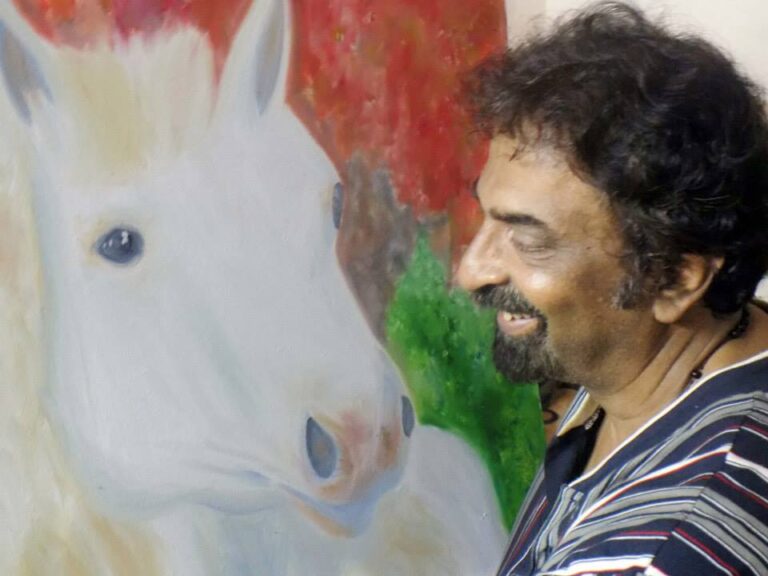
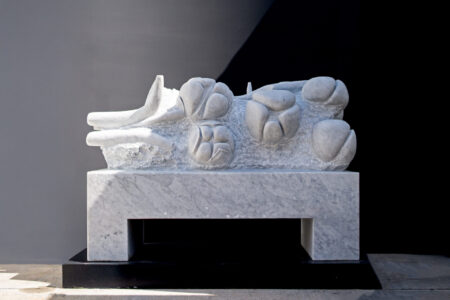

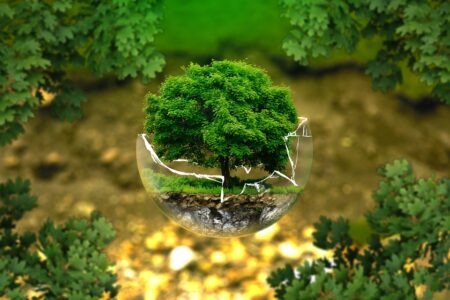
4 Comments
An eminent person with his wisdom and creativity and intelectual activities and a friend for me.
Marvellous.Beyond imagination
Babu Sebastian
Thank you very much for this excellent write up.
A tribute to a great artist and an even greater human being.
Wonderful write up…he deserved it.✌️
Thanks a lot 🙏
I am C G Jose Brother of Late CG Prince.